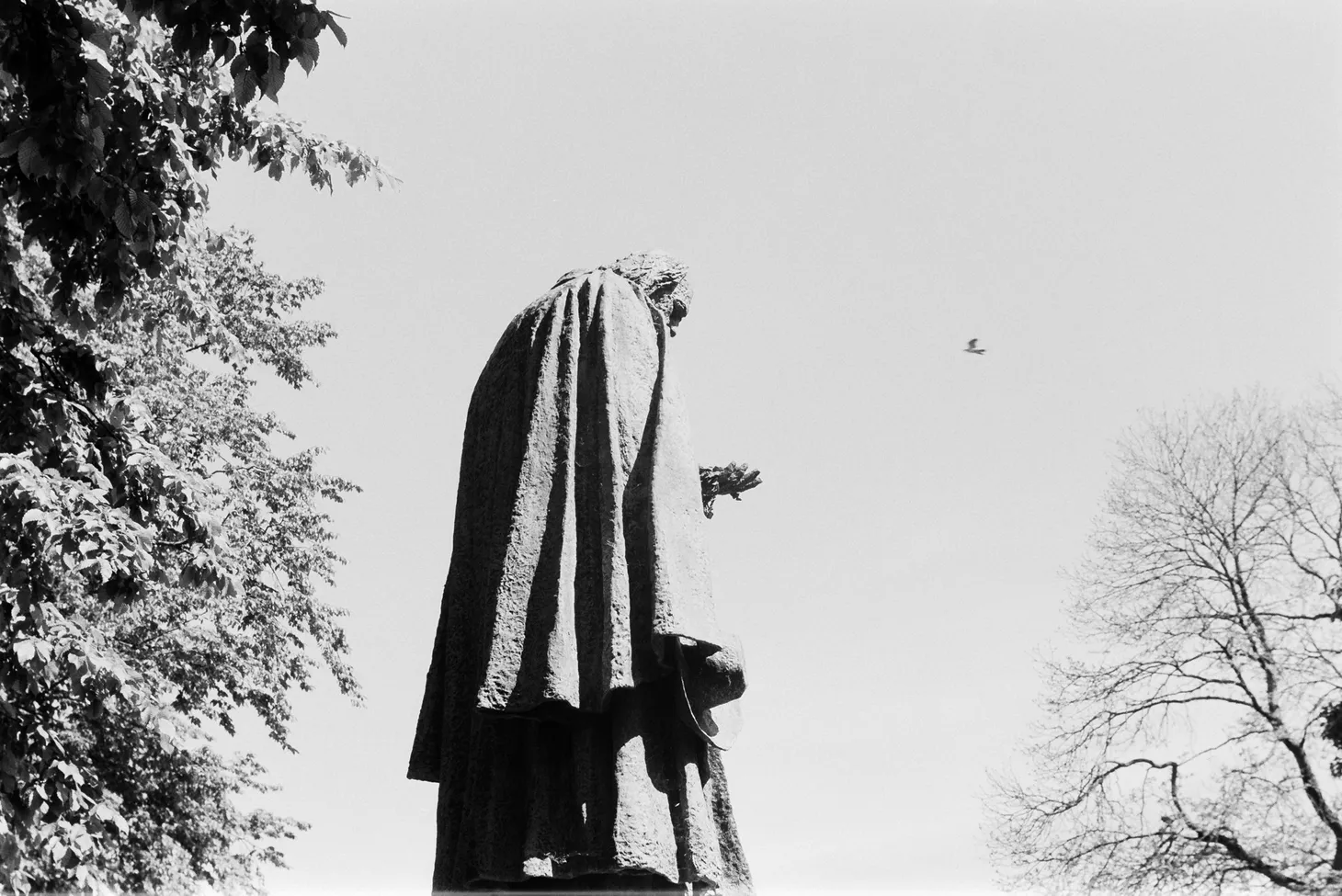Preparations for the Tour of Monte Rosa

Monte Rosa is one of the biggest and highest mountain massifs in the Western Alps. Incorporating a number of summits all well over 4,000m, it is surrounded by many miles of difficult glaciated terrain to the west, and the biggest cliff in Europe to the east. It’s the Swiss version of Mont Blanc and one of the most beautiful mountains in the world.
I first saw Monte Rosa in 2007 when James and I made our first visit to the Alps. After fighting our way to the summit of Mettelhorn, our first 3,000m peak, we gazed out over the ice world of Zermatt and beheld Monte Rosa’s squat mass on the horizon. More overtly attractive mountains such as Breithorn, Lyskamm and (of course) the Matterhorn held my attention. Only after repeated viewings from several angles have I come to appreciate how complex and subtle Monte Rosa really is.
The Tour of Monte Rosa
I won’t be climbing Monte Rosa this year – I’ll be circumnavigating it.
The Tour du Mont Blanc is a very popular long-distance hike in the Alps, looping around Mont Blanc, but the circumnavigation of Monte Rosa is less frequented. Both routes are approximately 100 miles in length. However, the relative unpopularity of the TMR – and its more severe elevation profile, featuring numerous major ascents and descents – make this route the more serious proposition.
A major draw for me is the fact that Professor James Forbes actually hiked the vast majority of this route in 1842. I’ve been gradually following portions of his grand route and this section, which was actually the climax of his journey, is next on my list. Forbes tackled it anti-clockwise, starting at Zermatt and finishing at Visp, but I have decided to hike the TMR clockwise instead. There are good logistical reasons for doing this, notably the fact that elevation gain is more gradual going clockwise. This allows more time for acclimatisation before tackling the Theodulpass (the route’s high point at 3,295m).

In one respect, the modern TMR is rather like the Cape Wrath Trail – it isn’t a formally designated path, and numerous variants are possible. I have decided to cross most of the cols that Forbes took on his journey, but there are a couple of places where I’ll be taking a more logical route instead.
Here’s an overview map of my TMR, which is 108 miles in length. You can examine the route in detail by clicking through to this Viewranger file.

Logistical considerations
I’m starting my thru-hike of the TMR on the 4th of September and have planned an eight-day itinerary, although I’m going to try to stretch my mileage so may complete it in fewer days than that. I’ve factored extra time into my calculations to allow for delays due to bad weather. Fresh snow can cause problems in the Alps in September.
Here’s what I have planned:
Day 1: Zermatt to Grächen via the Europaweg high-level path
Day 2: Grächen to Saas Grund via the Balfrin Höhenweg high-level path
Day 3: Saas Grund to Macugnaga via the Monte Moro Pass
Day 4: Macugnaga to Alagna Valsesia via Colle del Turlo
Day 5: Alagna Valsesia to Gressoney via Alencoll
Day 6: Gressoney to Extrapierre via the Valdonierforko Pass
Day 7: Extrapierre to Grand Lac (wild camp)
Day 8: Crossing of Theodulpass (glacier) back to Zermatt
As you can see, this is not really a wilderness route. I’ll be encountering towns and villages all the time, and there’s even the option of a comfortable valley campsite almost every day! In fact, I may well mix up my schedule a little just to inject a bit of wildness back into the experience, maybe high camping more than I originally planned. It certainly won’t be a remote experience like much of the CWT, and I won’t need to carry more than 1-2 days’ worth of food at any point.
The main challenge here is the brutal elevation profile. With the schedule above, I will be faced with a 1,500m+ climb every day – in some cases significantly more – and at altitude too. If I try to increase mileage then I may have double that elevation to cope with. I’ve climbed plenty of 3,000m and 4,000m peaks so am quite happy with climbs like this, but I’ve never done so many day after day before. What the TMR lacks in wildness it makes up for in physical difficulty.
Equipment
The Cape Wrath Trail revolutionised my approach to long-distance backpacking, but for this route I’m also applying my years of mountaineering experience in the Alps. Fast and light wins the day. That’s an absolute rule when it comes to the big mountains.
My base weight for the CWT came to 8.9kg; for this trip I’m aiming for 8kg, even though I’m actually adding a few items. Where will the savings come from? A number of small changes, but most significantly I will not be taking a stove or fuel with me. I’ve been reading a lot about stoveless backpacking and I think I’m ready to make that step in the name of a lighter pack.
I’m also going back to a closed-foam pad (see my CWT gear review to find out why), and I’m adding a small solar panel to meet the power demands of my new camera – plus the fact that I’m going to be attempting to blog from the trail. Now that I’m on WordPress, I can actually do that. Another change I’m going to try out is using my Tarptent Notch without its inner layer, adding an ultralight groundsheet instead.
Without further ado, here’s my preliminary gear list, as always subject to change. If you have any comments or advice, please tweet me about it or use the contact link.
Alex Roddie Newsletter
Subscribe here to receive my occasional personal newsletter in your inbox. (For the fun stuff, please consider subscribing to Alpenglow Journal instead!)



